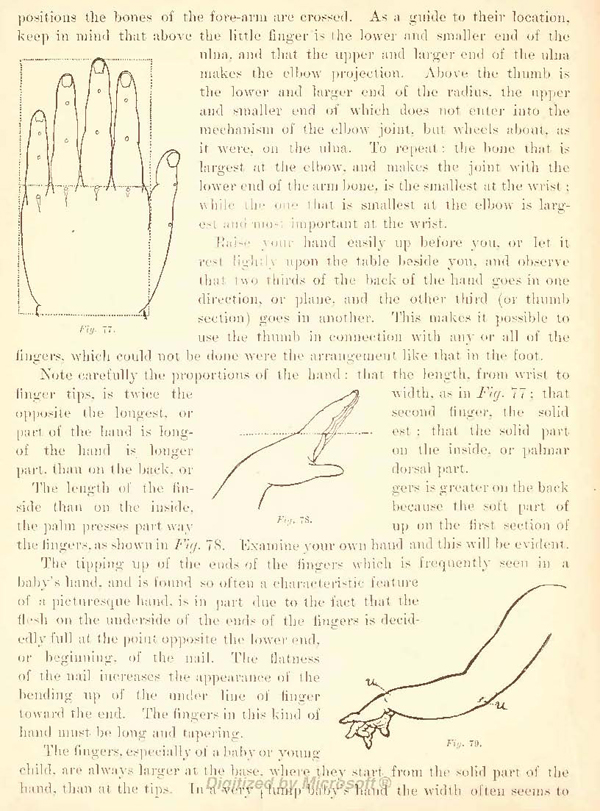

Division by a fraction is the same as multiplication by the reciprocal of that fraction. This is, in fact, a convenient way to divide fractions. Notice above that if we were to flip the second factor so that the numerator became the denominator and the denominator became the numerator and also changed the operation from division to multiplication, we would end up with the same result. Reduce the result to lowest terms if applicable. The sum (difference) of the fractions is the sum (difference) of the numerators over the common denominator. One possible common denominator is given for each case. Solution: In each case, find a common denominator and convert the terms to equivalent fractions with that denominator. Practice Problem: Calculate the result in each case. Consider the addition mentioned above.Ī common denominator is 6 (or 2 3), because we can multiply the numerator and denominator of by 3 to get, and we can multiply the numerator and denominator of by 2 to get. Nevertheless, let's try this approach for the purpose of illustration. Although this approach is conceptually simple, it can be mathematically difficult when the denominators are large. The most straightforward approach to finding a common denominator is to simply multiply the two existing denominators and then convert the numerators accordingly to create equivalent fractions. The challenge in adding and subtracting fractions is finding a common denominator. Then, if necessary, we can reduce the result to lowest terms. Thus, if we simply convert one or both of the fractions that we are adding or subtracting into equivalent fractions with the same denominator, then we are able to add the fractions in the simple manner described above. We should already know that we can write equivalent fractions that have different numerators and denominators. Notice that adding (subtracting) fractions with the same denominator is very simple-we simply add (subtract) the numerators and divide by the same denominator. Likewise, three fifths minus two fifths is one fifth. For instance, adding one third and one third obviously gives us two thirds. In cases that involve simple numbers, addition and subtraction of fractions is easy enough. Now that we have developed a solid foundation regarding what fractions are as well as some different types of fractions, we can now turn to application of the basic arithmetic operations (addition, subtraction, multiplication, and division) to fractions. O Recognize and simplify complex fractions
#How do you do division with fractions how to
O Understand how to interpret fractions that involve negative numbers Before your proceed though, make sure you fully understand the four basic mathematical operations: adding, subtracting, multiplying and dividing. We'll also introduce complex fractions along with methods for simplifying them.

In this article, we will review how to add, subtract, multiply, and divide two fractions as well as a fraction and an integer.

Before you can go on to master more advanced concepts in algebra and geometry, you need to first master all mathematical functions relating to fractions.


 0 kommentar(er)
0 kommentar(er)
